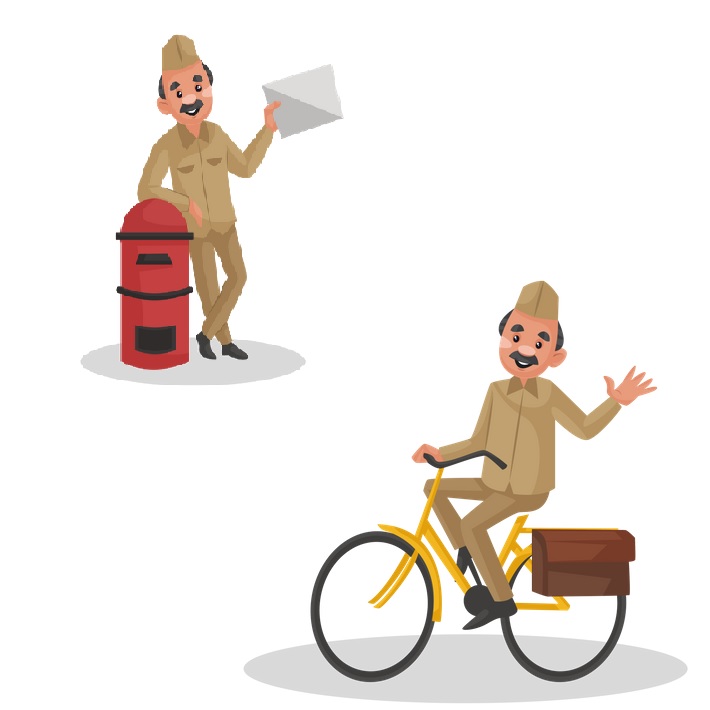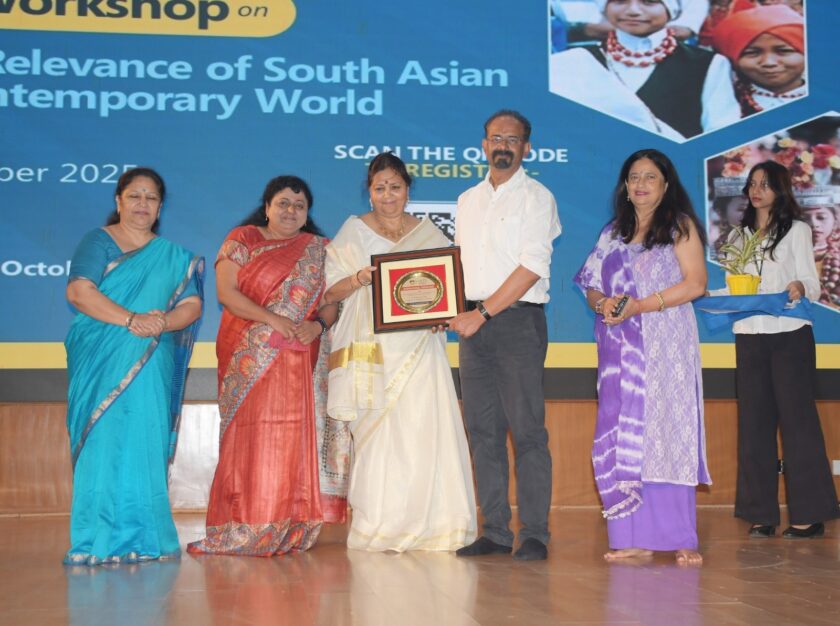By Avtar Saksena
Lucknow: Dakiya Daak Laya, Dakiya Daak Laya—the old melody still echoes in memory, taking us back to a time when communication arrived not with the ping of a phone, but with the ring of a bicycle bell. The postman in his khaki uniform, pedaling through neighbourhood lanes with a leather bag slung across his shoulder, carried with him postcards, inland letters, and money orders. His arrival was an event. Faces lit up with anticipation, eyes scanned his hands, and hearts raced as he stopped at doorsteps. What kind of people were they—so patient, so resilient—that they waited days, sometimes months, for a few lines from their loved ones?
A Postcard from Goa
I recall one such postcard vividly. Years ago, I was the Administrative In-Charge of a three-day residential conference in Goa, attended by prominent academics and policy experts from India and the SAARC nations. The venue was a heritage hotel nestled within the ramparts of Fort Aguada, overlooking the Arabian Sea.
Before leaving for the airport, my mother pressed a blank postcard into my hand. “Write to us when you reach,” she said. I arrived two days early, wandered through the hotel’s gardens, its restaurants, bar, beach, and the breathtaking view from the ramparts. That evening, I sat down and poured my impressions onto the card.
Later, in the porch of the hotel, I found two post boxes mounted on the wall—one red, one green. I slipped my words into the green box. Two days later, my parents in Delhi held that little rectangle in their hands, delighted by the immediacy of my thoughts, carried across miles with the simple assurance of the postal system.
The Discipline of Writing
Postcards demanded a rare discipline. There was no space for hesitation or corrections. One had to gather thoughts, mentally compose sentences, and then commit ink to card—knowing it was final. Whether personal or official, the writing was precise, succinct, and clear. This economy of words gave birth to a unique art form—greetings, poetry, quick rendezvous notes, or tales of joy and sorrow—all fitted neatly within 14 x 9 centimeters.

For over a century, the postcard thrived. It was a democratic medium—affordable, accessible, and deeply personal. From soldiers at the border to lovers in distant towns, from students studying abroad to families sharing festivals—it carried voices across India’s vastness, binding people in threads of intimacy.
The Fall of the Postcard
But as the new century dawned, the postcard began to fade. Mobile phones arrived in every hand, breaking the tyranny of distance. Messages that once took weeks now reached within seconds. Video calls replaced ink, emojis replaced carefully chosen words. The humble postcard, like the telegram before it, began its slow retreat into memory.
Will It Be Shelved Forever?
Today, one wonders—will the postcard be shelved forever, alongside telegrams and registered letters? Or does it still hold value, not as a tool of necessity, but as a keeper of nostalgia? Perhaps in an age of fleeting digital chatter, the tangible weight of a postcard—the scratch of pen on card, the stamp on the corner, the anticipation of waiting—might find its charm again.
After all, the postcard was never just paper. It was patience, presence, and poetry in its simplest form.






